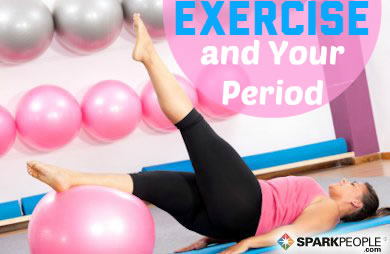|
Most people who belong to a gym have their "go-to" machines and gear that they feel comfortable and confident using. For some it's the treadmill or the elliptical, while others make a beeline for the free weights or machines. But then there's the other equipment that most people politely avoid—the slightly scary-looking stuff, like the giant tires, the weight lifting power racks and, of course, the battle ropes. If you're a little intimidated by workout equipment that has the word "battle" in its name, you're not alone. But if you're feeling adventurous and up for a challenge, this powerful strength and conditioning system can deliver body-transforming benefits—no combat required. What Are Battle Ropes? These thick, heavy-duty, often weighted ropes can be used as a stand alone workout or as part of a circuit training program. As the ropes are manipulated in various ways, the body gets both an aerobic and anaerobic workout. Originally created by record-holding trainer John Brookfield, the battle rope system has become popular in gyms around the world, and has been used to train dozens of elite athletes. Alex McBrairty, certified personal trainer with A-Team Fitness, often uses battle ropes to help his clients achieve their goals. "Because they work the entire body in all planes of motion, battle ropes have the potential to burn more calories during the workout than single-joint exercises alone," he says. "Plus, they can create a greater metabolic demand than traditional resistance training exercises." You don't have to be an elite athlete, or even a fitness buff, to use battle ropes. McBrairty points out that any of the exercises can be modified to fit the needs of all fitness levels. However, since most moves involve heavy use of the shoulder joint, people with shoulder or back problems should be cautious when using battle ropes. While anyone can pick up the ropes, it is an advanced system with a bit of a learning curve. "You definitely want to try before you buy," says McLean. "Watch other people do them, and ask the trainer at your gym for a demonstration." Battle Rope Benefits
"Battle ropes are a great addition to any circuit, or as a standalone, total body workout with nearly an endless amount of exercise variations," says McBrairty. Once you feel comfortable gripping and manipulating the ropes, try these 10 exercises. Start by performing as many reps as you can in 15 seconds. As you build up your cardiovascular endurance and grip strength, you can gradually increase the amount of time per set.
If you have the available space, battle ropes can ramp up the challenge and variety of your home gym. You can purchase them online or at most sporting goods stores. When choosing the type of rope, consider how much room you have. "Ropes come in lengths of 30, 40, 50 and 75 feet," explains McLean. "The standard size is 50 feet, which means you’ll need at least 25 feet in space behind you to operate." It also depends on whether you plan to use the ropes indoors or outside. Some ropes shed hairs, which is no problem if you’re using them outside. If you're working out inside, choose non-shedding nylon ropes. Do-it-yourselfers can try making their own battle ropes by cutting a heavy, 1-½ inch rope to the desired length and wrapping electrical tape around the ends. Once you have the ropes, you'll need to wrap them around a sturdy anchor, such as a pole, tree, fence or heavy kettlebell. For a more permanent installation, you can purchase wall anchors. Before getting started, McLean recommends watching this instructional video. Have you tried—or would you be interested in trying—battle ropes? Additional input for this article was provided by Tom Armenta, a performance exercise specialist with DIAKADI. |
Related Entries
More From SparkPeople
|




.png)


















